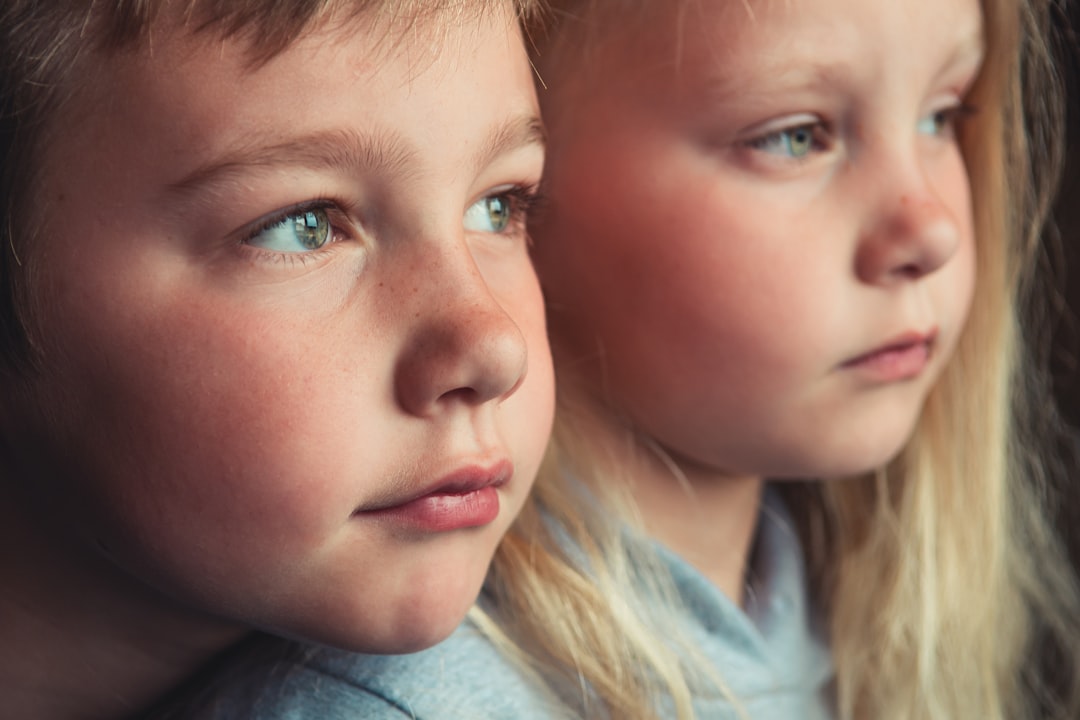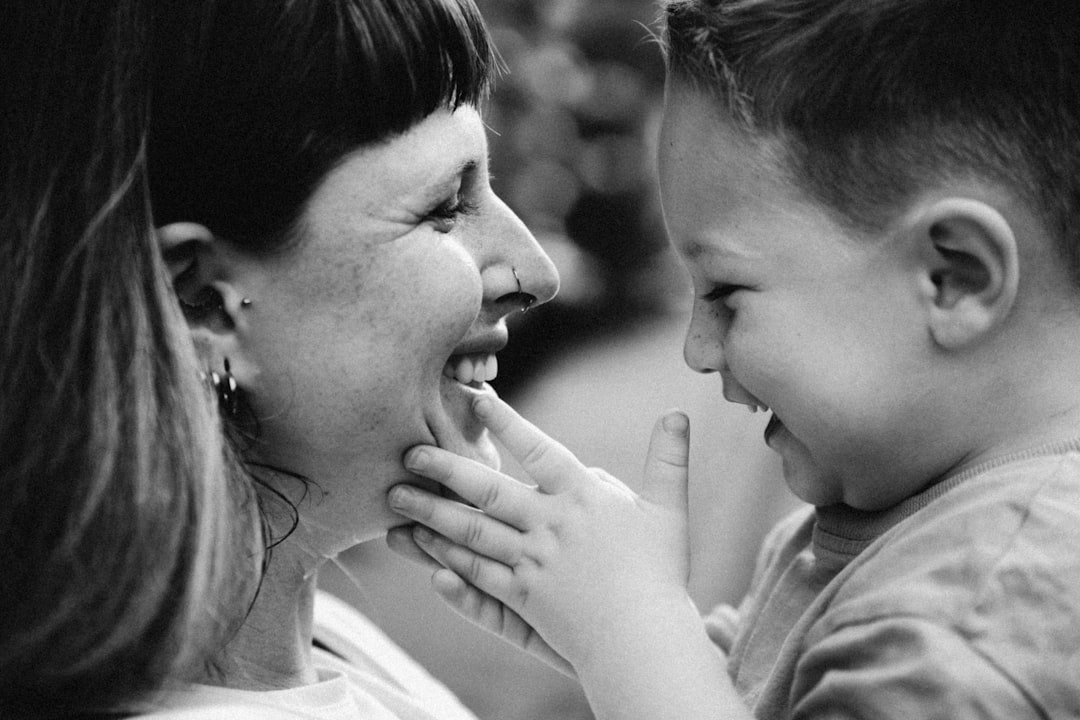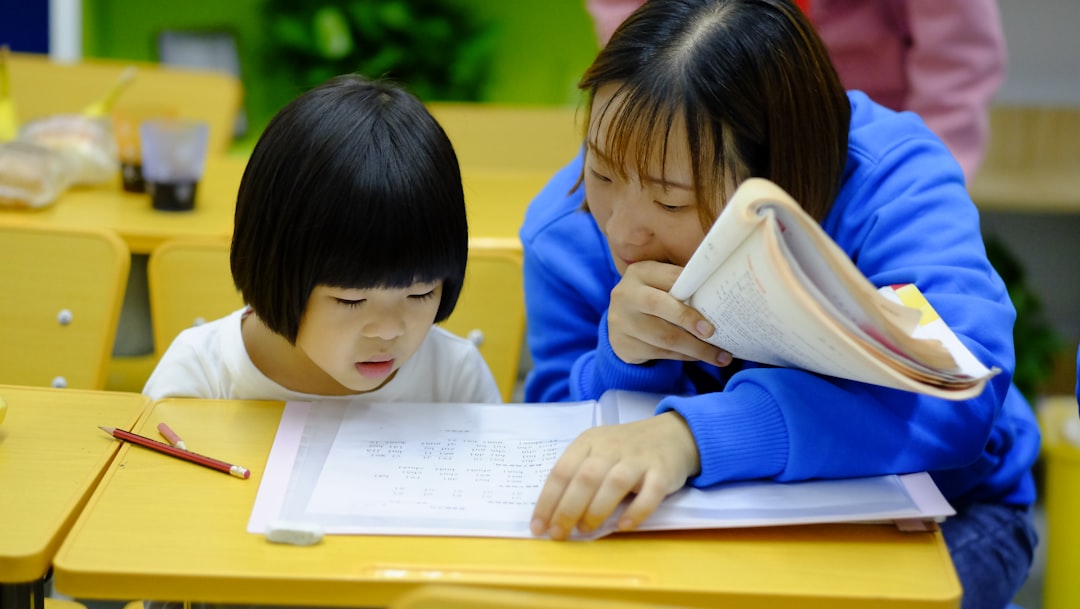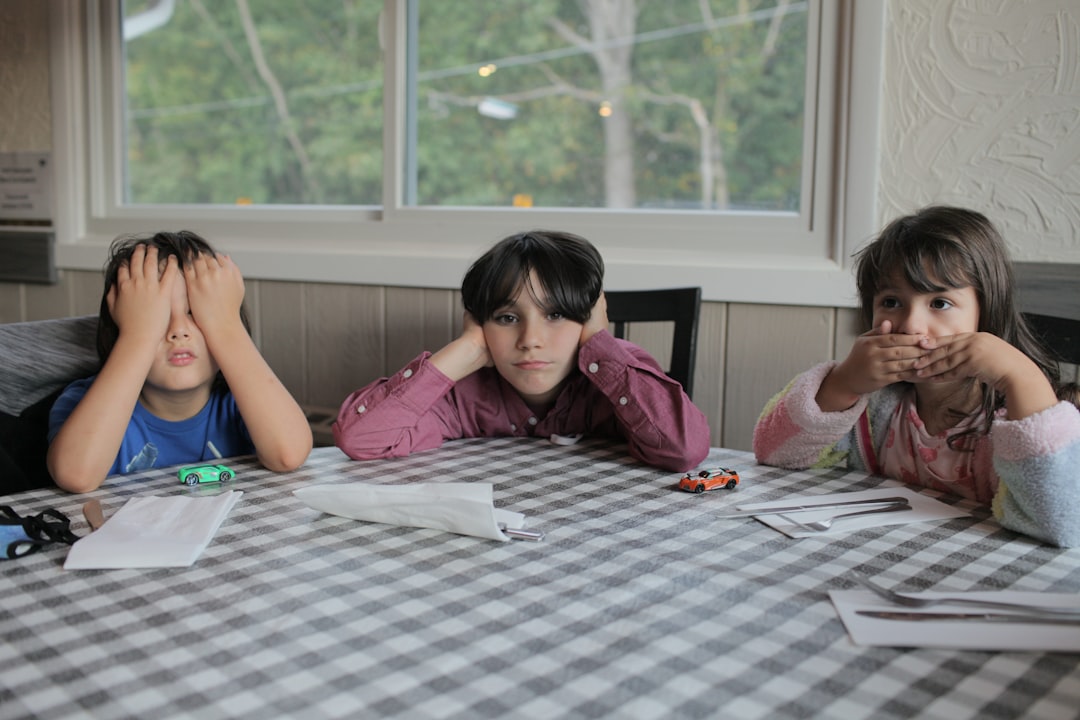Understanding the Science Behind Emotional Intelligence

Research from the child development field has revealed groundbreaking insights about emotional intelligence in children. A fascinating study published in the journal Child Development in 2024 followed families for 25 years, across three generations, finding that the more empathetic parents were to their kids, the more empathetic their kids were to others. The effects cascaded from grandparents, to parents, to grandkids and rippled out into the world, with study authors Jessica Stern and Joseph Allen noting that “if parents hope to raise empathic teens, it may be helpful to give them firsthand experiences of being understood and supported.”
The implications of these findings are profound. Emotional intelligence accounts for over 60% of people’s personal and professional achievements, yet only about 36% of people worldwide are emotionally intelligent. This gap represents a massive opportunity for parents who want to give their children a competitive advantage in life.
The Foundation of Emotional Awareness

Children with higher emotional intelligence are better able to pay attention, are more engaged in school, have more positive relationships, and are more empathic. But building this foundation requires intentional effort from parents and caregivers. The first step is being aware of your child’s emotions—parents who emotion coach are aware of their own feelings and sensitive to the emotions present in their children. They do not require their child to amp up their emotional expression for the feelings to be acknowledged.
This awareness isn’t just about recognizing big emotions like anger or sadness. It’s about tuning into the subtle shifts in your child’s mood, energy levels, and emotional state throughout the day. Children often express emotions through behavior before they can articulate them verbally.
Creating Safe Emotional Spaces

Emotionally safe parenting, which works better than traditional approaches, creates a framework rooted in what kids need most but rarely receive: emotional safety, with the goal being to be deeply attuned to your child’s emotional needs. This approach teaches parents not just how to manage their children’s behaviors, but also to help them build emotional resilience, trust and connection through open and honest conversations.
Emotionally safe parents accept their child’s emotions without rushing to fix or dismiss them, and they respond without shaming their child — avoiding phrases that belittle, guilt or embarrass — even if those were the responses they grew up with. They view “bad” behavior (i.e., screaming, yelling back, hitting another sibling) as stress signals, not defiance.
Modeling Emotional Regulation

Your own emotional regulation serves as the blueprint for your child’s emotional development. Emotionally safe parenting begins with the adult, not the child, requiring parents to get into the habit of reflecting on how their own childhood and emotional triggers shape their reactions today. When you’re in the heat of the moment, bring awareness to what you’re feeling — not to control it, but to understand it, and before correcting your child, ask yourself: “What part of me feels threatened right now?”
Children are constantly watching and learning from how you handle stress, disappointment, and conflict. When you model healthy emotional responses, you’re teaching them that emotions are manageable and that they have the power to choose their reactions.
Using Emotion Coaching Techniques

Dr. John Gottman observed how parents respond to their children’s emotions in an effort to understand how emotional intelligence develops, finding that parents respond to children’s emotions one of four possible ways. Emotion coaching parents value negative emotions, are not impatient with a child’s expression of them, and use emotional experience as an opportunity for bonding by offering guidance through labeling emotions and problem-solving the issue at hand.
Dr. Gottman’s research shows children of parents who emotion coach are physically healthier, do better in school, and get along better with friends. The second step involves seeing emotions as an opportunity for connection and teaching—children’s emotions are not an inconvenience or a challenge, but an opportunity to connect with your child and coach them through a challenging feeling.
Teaching Emotional Vocabulary

One of the most practical ways to build emotional intelligence is expanding your child’s emotional vocabulary. Ask kids how they feel when they’re struggling with something, put a name to the emotions: sad, angry, overwhelmed, etc., then ask why they’re feeling the emotion they just named. This simple process helps children connect their internal experiences with language.
Start with basic emotions like happy, sad, angry, and scared, then gradually introduce more nuanced feelings like frustrated, disappointed, excited, or anxious. The more words children have to describe their emotions, the better they can understand and communicate their inner experiences. Consider creating an emotion wheel or chart that you can reference together during emotional moments.
Building Empathy Through Connection

EQ isn’t just contagious within families—another recent study in PNAS scanned people’s brains and observed that when people observed empathy, they were more empathic themselves. Instead—much as kids with athletic peers often want to excel at sports—people want to understand others when they enter into communities where empathy is the established norm, meaning if you want to raise your emotional intelligence, surround yourself with high EQ people.
When children realize all humans—even babies—have emotions, it’s the beginning of empathy, and when students learn to empathize, it becomes harder to be mean to peers, with research on Roots of Empathy showing that there’s a reduction in aggression and an increase in pro-social behaviors.
Supporting Emotional Development Through Play

Research into child development highlights how learning starts well before formal schooling begins—something parents are increasingly prioritizing, with play-based programs that enhance cognitive skills and emotional intelligence taking off. Play provides a natural context for children to practice emotional skills, work through conflicts, and develop social awareness.
Role-playing games, storytelling, and imaginative play all offer opportunities for children to explore different emotions and perspectives. When children play house, school, or create elaborate fantasy worlds, they’re practicing emotional regulation, empathy, and problem-solving skills. Join in their play and use these moments to guide discussions about feelings and relationships.
Addressing Technology and Emotional Development

The American Academy of Pediatrics advised parents not to use technology as a way to calm or pacify negative emotions in their child, expressing “concern that using media as strategy to calm could lead to problems with limit setting or the inability of children to develop their own emotion regulation,” because children need the experience of feeling these emotions and practice tolerating them to develop self-control and emotional intelligence.
While technology isn’t inherently harmful, using it as a primary emotional regulation tool can interfere with natural emotional development. Instead, teach children healthy coping strategies like deep breathing, counting to ten, or taking a break in a quiet space. These skills will serve them throughout their lives.
Integrating Emotional Intelligence into Daily Life

EQ (Emotional Quotient) matters just as much as IQ in 2025, with raising emotionally resilient children helping them handle stress, build relationships, and develop self-awareness. Practical strategies include practicing empathy at home, teaching children to label and express emotions, and modeling healthy responses to anger or frustration.
Make emotional intelligence a regular part of your family’s routine. During dinner conversations, ask about the emotional highlights and challenges of everyone’s day. Before bedtime, help children process their emotions from the day and prepare mentally for tomorrow. These consistent practices help normalize emotional awareness and create opportunities for growth.
Learning to foster emotional intelligence in children is both an art and a science. It requires patience, consistency, and a commitment to your own emotional growth as a parent. The research shows that children who develop strong emotional intelligence skills are more successful in school, have better relationships, and are better equipped to handle life’s challenges. By creating emotionally safe environments, modeling healthy emotional responses, and teaching practical skills, you’re giving your child tools that will benefit them throughout their entire life.

